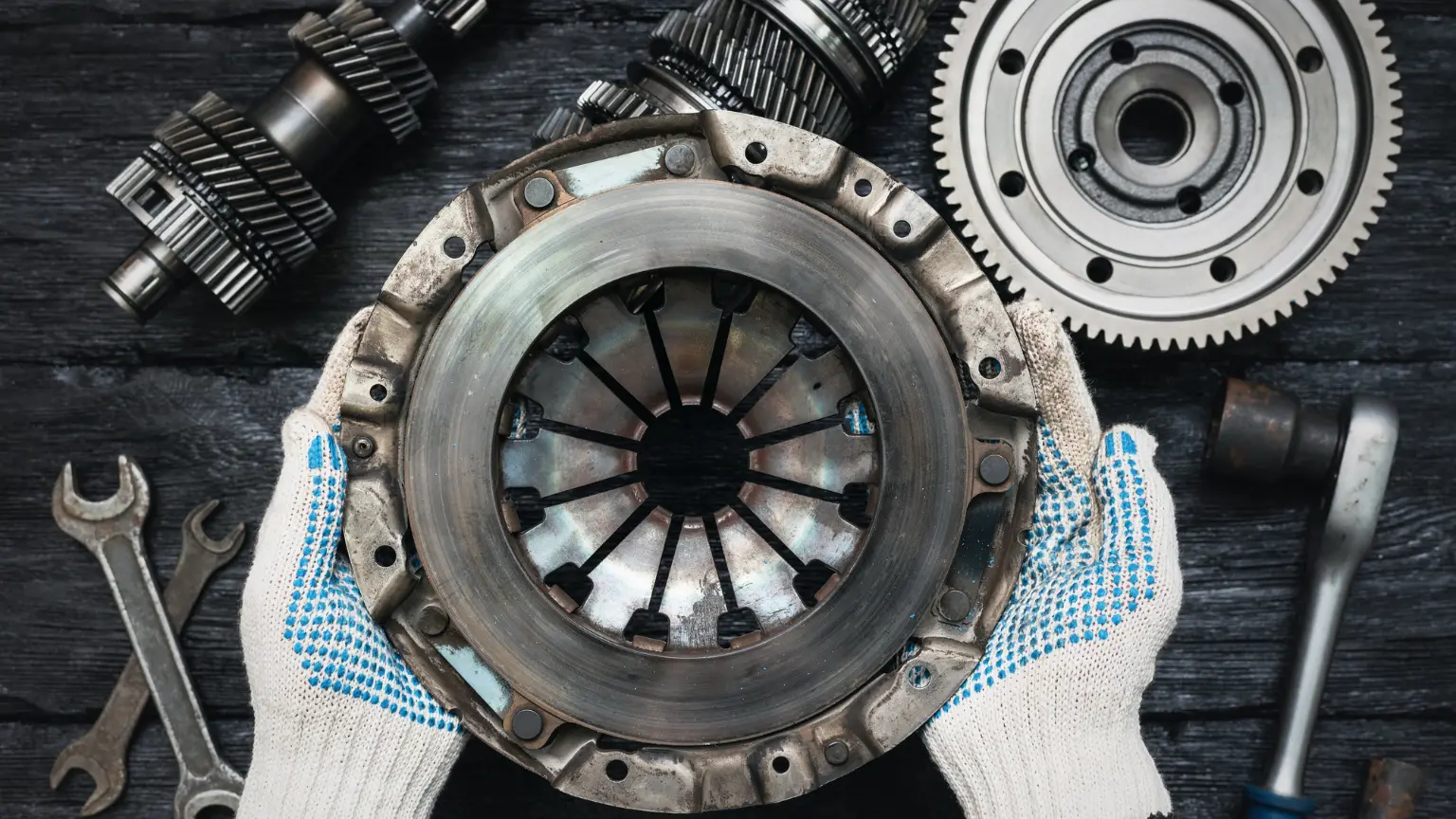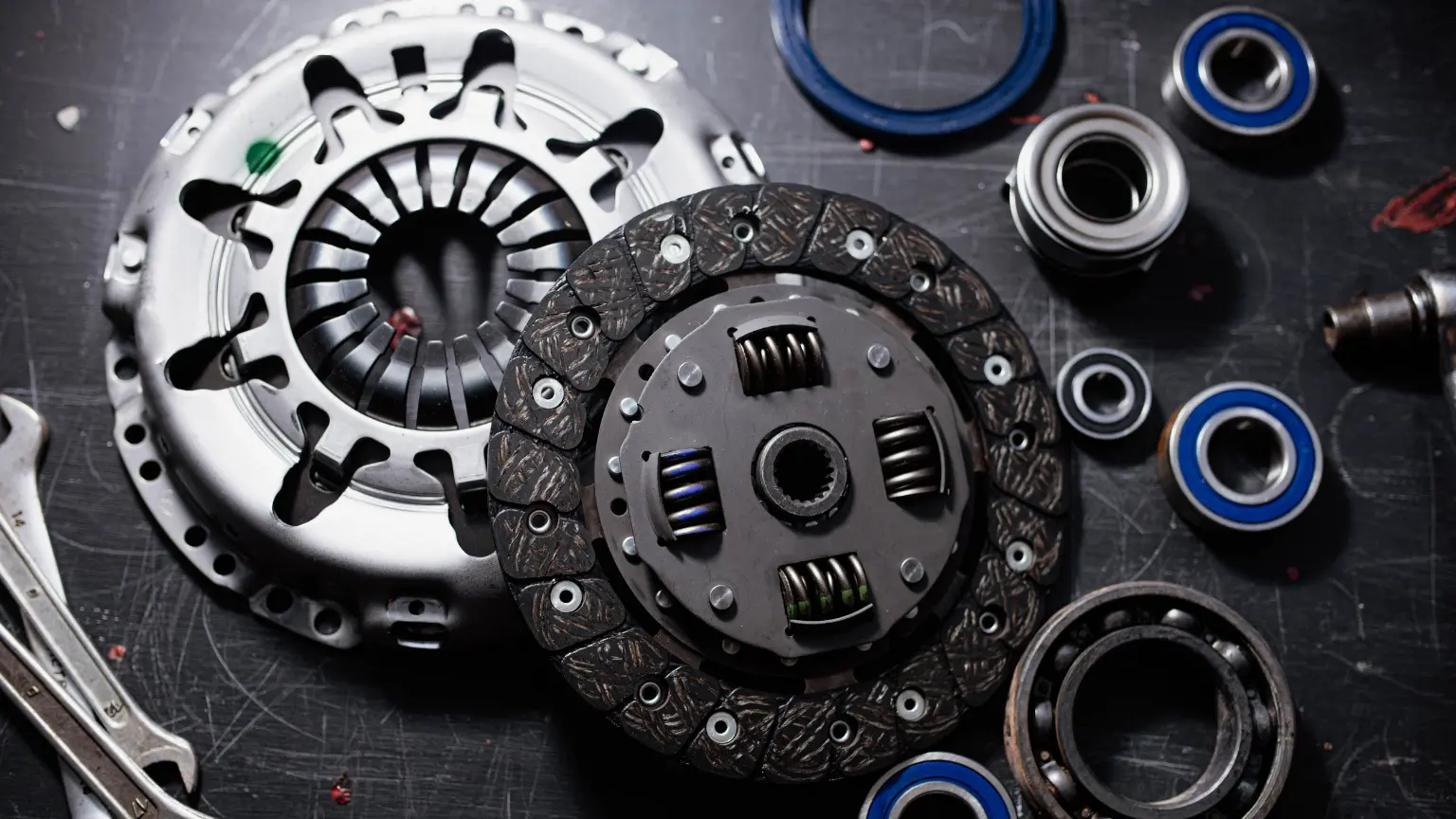Understanding The Mechanics Of Transmission Systems
The car’s transmission adjusts engine output via gears and drivetrain components, ensuring optimal power delivery, efficiency, and a smooth ride across varied driving conditions.
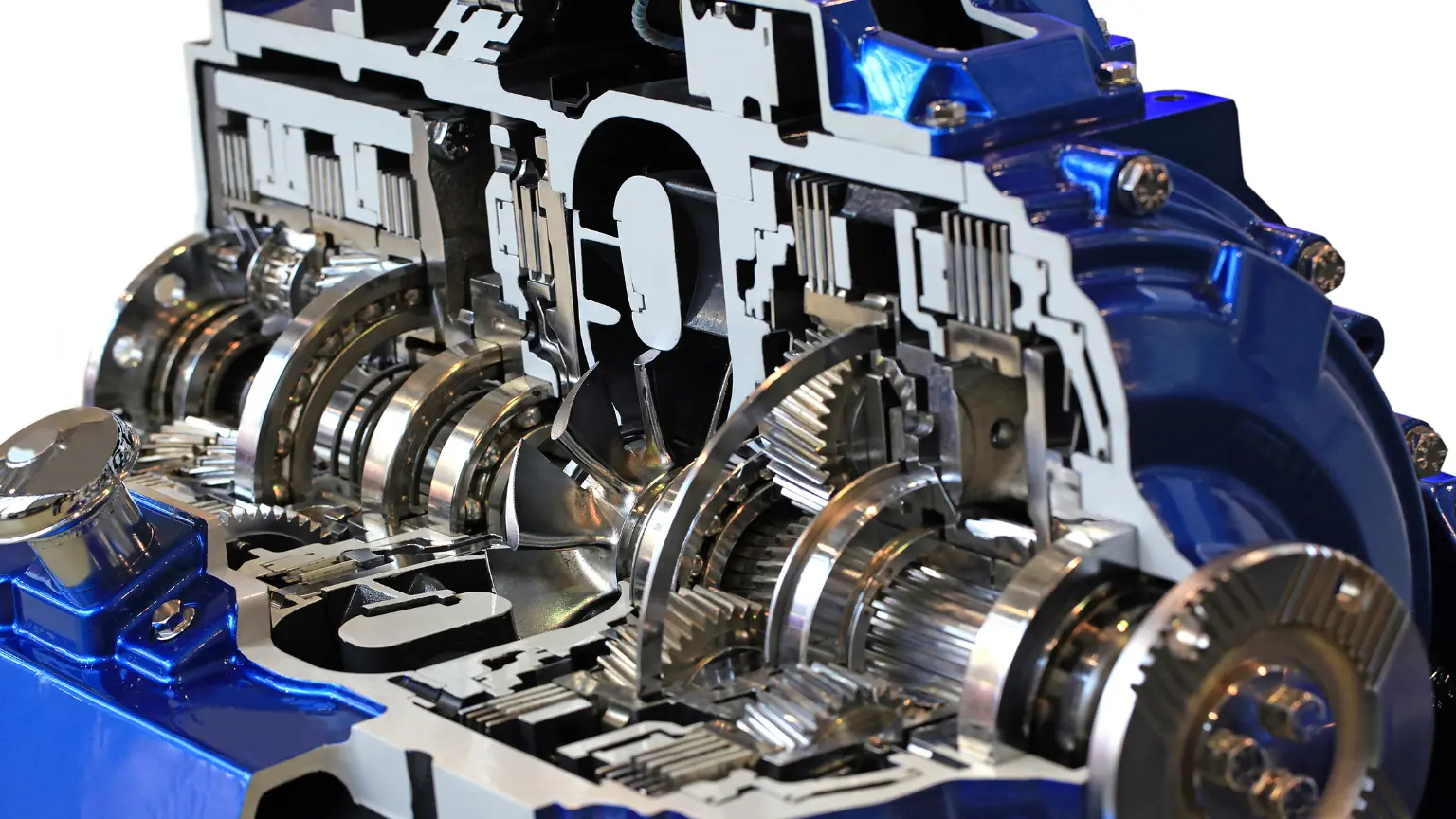
When you turn the key in your car's ignition or push the start button, a series of complex processes kick into gear to get your vehicle moving. One crucial component in this orchestra of automotive engineering is the transmission system. In simple terms, a transmission is what allows your car to move at different speeds. It's a bit like the gears on a bicycle: just as you shift gears to go faster or climb hills more easily, your car's transmission adjusts to keep your engine running smoothly without overworking it, whether you're accelerating on the highway or navigating city traffic.
How Transmission Systems Work
The mechanical and operational principles behind how different transmission systems function, including gear shifting mechanisms and the transfer of power within the system.
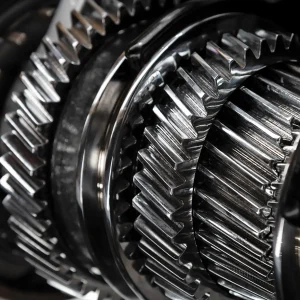
Defining Transmission in the Automotive Context
In the world of automobiles, one must understand the fundamental role and purpose of transmission systems in vehicles, including how they transfer power from the engine to the wheels and enable changes in speed and torque. The term "transmission" specifically refers to the gearbox, a component that uses gears and gear trains to provide speed and torque conversions from a rotating power source to another device. You can think of it as the control center for directing power from the engine to the drive axle in various ratios, ensuring that the engine's RPM (revolutions per minute) stays within a suitable range. It’s what allows the vehicle to accelerate from a standstill or climb hills.
Power Management
Adjusting the gear ratio between the engine and the wheels ensures that the engine delivers the right amount of power for a variety of driving situations without wasting fuel or straining engine components. For instance, when accelerating, a lower gear is engaged to provide more power to the wheels, whereas higher gears are used at cruising speeds to reduce engine load and improve fuel efficiency.
Transmission Systems and Vehicle Performance
The vehicle's transmission system plays a pivotal role in determining its overall performance, including acceleration, top speed, and fuel efficiency. This system works by transferring power from the engine to the wheels, and its efficiency in doing so can significantly affect how well the vehicle operates. An efficient transmission system ensures the engine runs within its optimal power band, the range of engine speeds at which it operates most efficiently. When a vehicle accelerates, the transmission adjusts to ensure that the engine speed remains within this optimal range. It shifts gears to balance power output and speed, preventing the engine from overworking. This not only leads to smoother acceleration but also improves fuel efficiency, as the engine can perform at its best without unnecessary strain.
Conversely, a poorly functioning transmission can have detrimental effects on vehicle performance. Issues such as delayed gear shifts, slipping gears, or rough transitions can prevent the engine from operating within its ideal power band. This can lead to sluggish acceleration, as the vehicle struggles to pick up speed, and a decrease in top speed, as the engine cannot efficiently deliver power to the wheels.
Overview of Drivetrain Components
Starting with the driveshaft, this component acts as a critical connector between the transmission and the differential. It is a long, rotating shaft that transfers the rotational energy generated by the engine. The design and construction of the driveshaft are crucial for minimizing vibration and ensuring smooth power transfer, especially in rear-wheel-drive (RWD) and four-wheel-drive (4WD) vehicles where the distance between the transmission and differential can be significant.
The differential sits at the heart of the drivetrain's power distribution, performing the critical task of allowing the wheels to rotate at different speeds. This is particularly important when a vehicle turns, as the outer wheels need to cover a greater distance and thus spin faster than the inner wheels. The differential divides engine torque into two paths, allowing for this variance in wheel speed, which enhances handling and improves cornering. Axles are the final key components, connecting the differential to the wheels. They bear the weight of the vehicle and the additional stress of driving, braking, and steering forces. In most vehicles, axles are designed to bear heavy loads and withstand the stress of acceleration and deceleration, contributing to the vehicle's overall durability.
Components of Transmission Systems
A vehicle’s transmission system is made up of several critical components, each playing a unique role in ensuring smooth power delivery from the engine to the wheels. Understanding these key parts can help drivers appreciate the complexity and reliability of modern automotive engineering. Below are five essential components:
- Clutch: The clutch is a vital component in manual transmissions, responsible for engaging and disengaging the engine from the transmission. When the driver presses the clutch pedal, the clutch temporarily disconnects the engine’s power, allowing for smooth gear changes without damaging the gearbox. By controlling the flow of power, the clutch enables the transition between gears and plays a crucial role in preventing engine stalling during stops or low-speed maneuvers.
- Gearbox: Often referred to as the transmission itself, it houses a set of gears that determine the torque and speed delivered to the wheels. By selecting different gears, the gearbox adjusts the power output to match the driving conditions, providing more torque for acceleration or hill climbing, and higher speeds for cruising. The gearbox works in tandem with the clutch or torque converter to ensure seamless transitions and efficient power delivery.
- Torque Converter: Found in automatic transmissions, the torque converter replaces the clutch’s function by using hydraulic fluid to transfer engine power to the transmission. It allows the engine to keep running while the vehicle is stationary and multiplies torque during acceleration. The torque converter’s ability to smoothly transmit and amplify power is key to providing the effortless shifting and driving comfort associated with automatic vehicles.
- Transmission Fluids: Transmission fluids are specially formulated lubricants that cool, clean, and protect the internal components of the transmission. They reduce friction between moving parts, prevent overheating, and ensure smooth gear shifts. In both manual and automatic systems, maintaining the correct fluid type and level is crucial for preventing wear, corrosion, and transmission failure. The fluid also acts as a medium for hydraulic control in automatic transmissions.
- Electronic Controls: Modern transmissions rely on electronic controls and sensors to optimize shifting patterns and adapt to driving conditions. These systems monitor factors like vehicle speed, engine load, and throttle position, sending signals to actuators that manage gear selection and shift timing. Electronic controls enhance efficiency, performance, and safety by ensuring precise and timely gear changes, and they often work closely with other vehicle systems for seamless operation.
Together, these components form the backbone of a vehicle’s transmission system, each contributing to the smooth transfer of power and the adaptability required for various driving scenarios.
Comprehensive Overview of Transmission System Types: Manual, Automatic, Dual-Clutch, and Continuously Variable Transmissions (CVT)
When it comes to transmission systems, vehicles today are equipped with a variety of designs, each tailored to different driving needs and preferences. The four primary types, manual, automatic, dual-clutch, and continuously variable transmissions (CVT), each offer unique characteristics, operational methods, and advantages.
Manual Transmissions
Manual transmission vehicles require the driver to shift gears using a clutch pedal and a gear stick manually. This type of transmission is appreciated for the control it offers drivers, allowing them to determine exactly when to shift gears based on the vehicle's speed and engine load. This hands-on approach can lead to more efficient driving under certain conditions, as the driver can directly influence fuel efficiency and acceleration by choosing the optimal gear at any moment.
Automatic Gearboxes
Vehicles equipped with an automatic gearbox handle gear shifting themselves, based on the vehicle's speed, throttle position, and engine load, without the need for driver input through a clutch pedal. This system offers a simpler, more convenient driving experience, especially in stop-and-go traffic, as it automatically adjusts gears to provide smooth acceleration and deceleration. Automatic transmissions are widely favored for their ease of use and comfort, making them a popular choice among a broad range of drivers.
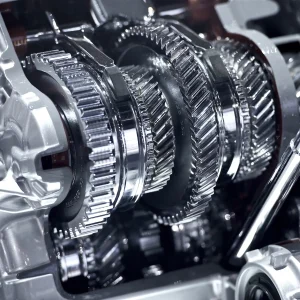
Other Transmission Types
Beyond the well-known manual vs. automatic transmissions, innovative designs like the Continuously Variable Transmission (CVT), Dual-Clutch Transmission (DCT), and those found in hybrid and electric vehicles have emerged. Each offers unique benefits and operates differently to match the specific needs of modern vehicles:
- Continuously Variable Transmission (CVT): The CVT stands out for its ability to provide a seamless driving experience without the noticeable gear changes found in traditional transmissions. By offering an infinite range of gear ratios, the CVT can adjust on the fly to ensure the engine operates at the most efficient RPM for any driving condition. This not only improves fuel efficiency but also delivers a smoother acceleration, making it ideal for those who prioritize comfort and efficiency over sporty performance.
- Dual-Clutch Transmission (DCT): The DCT is a sophisticated blend of manual and automatic transmission technologies. It employs two separate clutches for odd and even gears, enabling it to pre-select the next gear before the current one is disengaged. This design results in lightning-fast gear changes with minimal power interruption, providing a more engaging driving experience and better fuel economy than traditional automatic transmissions. It's a popular choice among sports cars and performance-oriented vehicles for its quick response and efficiency.
- Hybrid and Electric Vehicle Transmissions: As the automotive industry moves towards electrification, transmissions for hybrid and electric vehicles have become increasingly specialized. These systems are designed to accommodate the instant torque delivery of electric motors, often featuring fewer gears or even a single fixed gear ratio in some electric vehicle designs. The focus here is on maximizing efficiency, reducing energy consumption, and ensuring smooth power delivery across a wide range of driving conditions. The diversity in transmission designs reflects the unique requirements of electric propulsion and the ongoing innovation in this sector.
The introduction of advanced transmission types like CVT, DCT, and those tailored for hybrid and electric vehicles underscores the automotive industry's effort to enhance vehicle performance, efficiency, and driver satisfaction. It offers distinct advantages and caters to different driving preferences and vehicle designs, showcasing the breadth of engineering solutions aimed at improving the way we drive.
Maintenance of Transmission Systems
Recognizing the Need for Transmission Repair
Awareness of the early signs of transmission issues is crucial in preventing minor problems from escalating into major, costly repairs. Unusual noises, such as whining, buzzing, or clunking sounds coming from the vehicle when in neutral or while shifting gears, are often the first indicators of transmission trouble. These sounds may suggest internal wear or damage within the transmission system, such as worn bearings, gears, or other mechanical components needing lubrication or replacement.
Ignoring these warning signs can have severe consequences. Minor issues can quickly turn into major damage, requiring extensive repairs or even a complete transmission overhaul, which can be significantly expensive. Moreover, continuing to drive with a faulty transmission can put undue stress on other components of the vehicle, potentially leading to a complete breakdown.
Preventive Measures to Enhance Longevity
It's not just about addressing issues as they appear but also about taking proactive steps to prevent them. Implementing preventive measures can significantly extend the life of your transmission, ensuring that your vehicle remains reliable and efficient over time. Here are some key practices to consider:
- Regular Fluid Checks and Changes: Transmission fluids play a pivotal role in keeping the transmission running smoothly by lubricating parts and facilitating gear shifts. Regularly checking the fluid level and condition can prevent many common transmission problems. It's important to change the fluid according to the schedule recommended by your vehicle's manufacturer. Old or low transmission fluid is a common cause of transmission issues, so keeping it fresh and at the proper level is essential for preventing wear and potential failure.
- Use the Right Fluid: Different vehicles require specific types of transmission fluid to operate correctly. Using the wrong type of fluid can lead to inefficient operation, damage, and even failure of the transmission. Always consult your vehicle’s manual or a professional mechanic to ensure you're using the correct fluid. This simple step can make a significant difference in the transmission's performance.
- Warm Up Your Vehicle: In cold weather, it's beneficial to let your vehicle warm up for a few minutes before driving. This practice allows the transmission fluid to circulate properly, ensuring that all parts are adequately lubricated before you start driving. Cold fluid is thicker and moves more slowly, so giving it time to warm up can reduce the stress on your transmission during cold starts.
- Avoid Overloading: Your vehicle is designed to carry a certain amount of weight. Exceeding this limit puts additional strain on the transmission, as well as other critical components. This extra strain can accelerate wear, leading to an increased risk of premature failure. Always adhere to your vehicle's weight capacity to protect your transmission and ensure safe operation.
- Service Regularly: Regular maintenance by a professional is crucial for catching and addressing minor issues before they become major problems. A transmission specialist can perform comprehensive checks and maintenance tasks that go beyond what the average vehicle owner might notice, including checking for leaks, examining the condition of the transmission fluid, and ensuring that all components are functioning correctly. Regular service visits can save you significant amounts of money in the long run by preventing costly repairs and extending the overall life of your transmission.
By adopting these preventive measures, vehicle owners can extend the lifespan of their transmissions and ensure smooth operation. Regular maintenance and care are the keys to keeping your transmission in top condition, providing peace of mind and a more reliable driving experience.
The Role of Transmission Repair Shops and Mechanics
Minor Fixes vs. Comprehensive Rebuilds
While the transmission is a complex and critical component of any vehicle, not all issues with it necessitate major repairs. When faced with transmission problems, a thorough diagnostic process is essential to determine the exact cause of the issue. Modern vehicles are equipped with sophisticated computer systems that can store fault codes related to transmission performance. These codes can be read with diagnostic tools, providing a starting point for repairs. If the problem is isolated to a sensor or solenoid, replacement is usually straightforward and considerably more cost-effective than overhauling the entire transmission.
However, there are situations where the damage to the transmission is extensive, and minor repairs may not suffice. This decision depends on several factors, including the transmission's overall condition, the age of the vehicle, and the cost implications of repair versus replacement. A transmission rebuild involves disassembling the transmission, inspecting all parts for wear and damage, replacing any faulty components, and then reassembling it. This process can be labor-intensive and expensive, but it may be justified for a relatively new or valuable vehicle.
Selecting a Reliable Transmission Repair Shop
Finding a transmission repair shop that you can trust is key to ensuring your vehicle receives the best possible care. A reliable shop should be characterized by its transparency in communication, fair pricing, and a track record of satisfied customers. It's advisable to seek recommendations from friends or online reviews and to ask potential shops about their experience with your type of vehicle and transmission. Moreover, a reputable shop will willingly provide a detailed explanation of the proposed repairs and a clear breakdown of the costs involved, helping you make an informed decision about your vehicle's care.
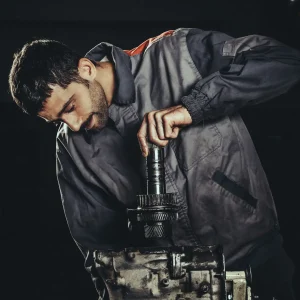
The Importance of Expert Mechanics
Specialized knowledge and experience are paramount, as the complexity of modern transmission systems requires a level of skill that goes beyond general automotive repair. Expert transmission mechanics bring a deep understanding of the specific demands and nuances of various transmission types, enabling them to identify and fix issues more efficiently and effectively. Their proficiency not only ensures that car transmission repairs are done right the first time but also contributes to the overall health of your vehicle's transmission.
The path to ensuring the enduring health of a vehicle's transmission is twofold: it requires a commitment to consistent maintenance and an openness to learning about the vehicle's operational needs. Like a gardener who learns the specific needs of different plants to nurture a thriving garden, vehicle owners who understand their transmission's requirements can prevent many common issues. This approach, combined with regular consultations with skilled mechanics, ensures the transmission's longevity. It's a testament to the power of knowledge and care in fostering a harmonious relationship between driver and machine, ensuring that every journey, whether short or spanning continents, is supported by a well-maintained, efficiently functioning transmission system. Keep your car performing at its best at Trans Medic Transmissions today.
Follow a maintenance program
Ante gravida id aenean quis egestas risus nam amet nullam leo diam diam aliquam eu eu malesuada arcu rhoncus suspendisse nulla mattis ut amet sagittis in justo egestas.

search for a trusted mechanic
Lorem ipsum dolor sit amet, consectetur adipiscing elit lobortis arcu enim urna adipiscing praesent velit viverra sit semper lorem eu cursus vel hendrerit elementum morbi curabitur etiam nibh justo, lorem aliquet donec sed sit mi dignissim at ante massa mattis.
- Neque sodales ut etiam sit amet nisl purus non tellus orci ac auctor
- Adipiscing elit ut aliquam purus sit amet viverra suspendisse potent
- Mauris commodo quis imperdiet massa tincidunt nunc pulvinar
- Excepteur sint occaecat cupidatat non proident sunt in culpa qui officia
Check the air pressure in your tires
Vitae congue eu consequat ac felis placerat vestibulum lectus mauris ultrices cursus sit amet dictum sit amet justo donec enim diam porttitor lacus luctus accumsan tortor posuere praesent tristique magna sit amet purus gravida quis blandit turpis.
Review your suspension frequently
At risus viverra adipiscing at in tellus integer feugiat nisl pretium fusce id velit ut tortor sagittis orci a scelerisque purus semper eget at lectus urna duis convallis. porta nibh venenatis cras sed felis eget neque laoreet suspendisse interdum consectetur libero id faucibus nisl donec pretium vulputate sapien nec sagittis aliquam nunc lobortis mattis aliquam faucibus purus in.
- Neque sodales ut etiam sit amet nisl purus non tellus orci ac auctor
- Adipiscing elit ut aliquam purus sit amet viverra suspendisse potent
- Mauris commodo quis imperdiet massa tincidunt nunc pulvinar
- Excepteur sint occaecat cupidatat non proident sunt in culpa qui officia
Service your vehicle as regularly as posible
At risus viverra adipiscing at in tellus integer feugiat nisl pretium fusce id velit ut tortor sagittis orci a scelerisque purus semper eget at lectus urna duis convallis. porta nibh venenatis cras sed felis eget neque laoreet suspendisse interdum consectetur libero id faucibus nisl donec pretium vulputate sapien nec sagittis aliquam nunc lobortis mattis aliquam faucibus purus in.
“Nisi quis eleifend quam adipiscing vitae aliquet bibendum enim facilisis gravida neque velit euismod in pellentesque”
Conclusion
Eget lorem dolor sed viverra ipsum nunc aliquet bibendum felis donec et odio pellentesque diam volutpat commodo sed egestas aliquam sem fringilla ut morbi tincidunt augue interdum velit euismod eu tincidunt tortor aliquam nulla facilisi aenean sed adipiscing diam donec adipiscing ut lectus arcu bibendum at varius vel pharetra nibh venenatis cras sed felis eget.

